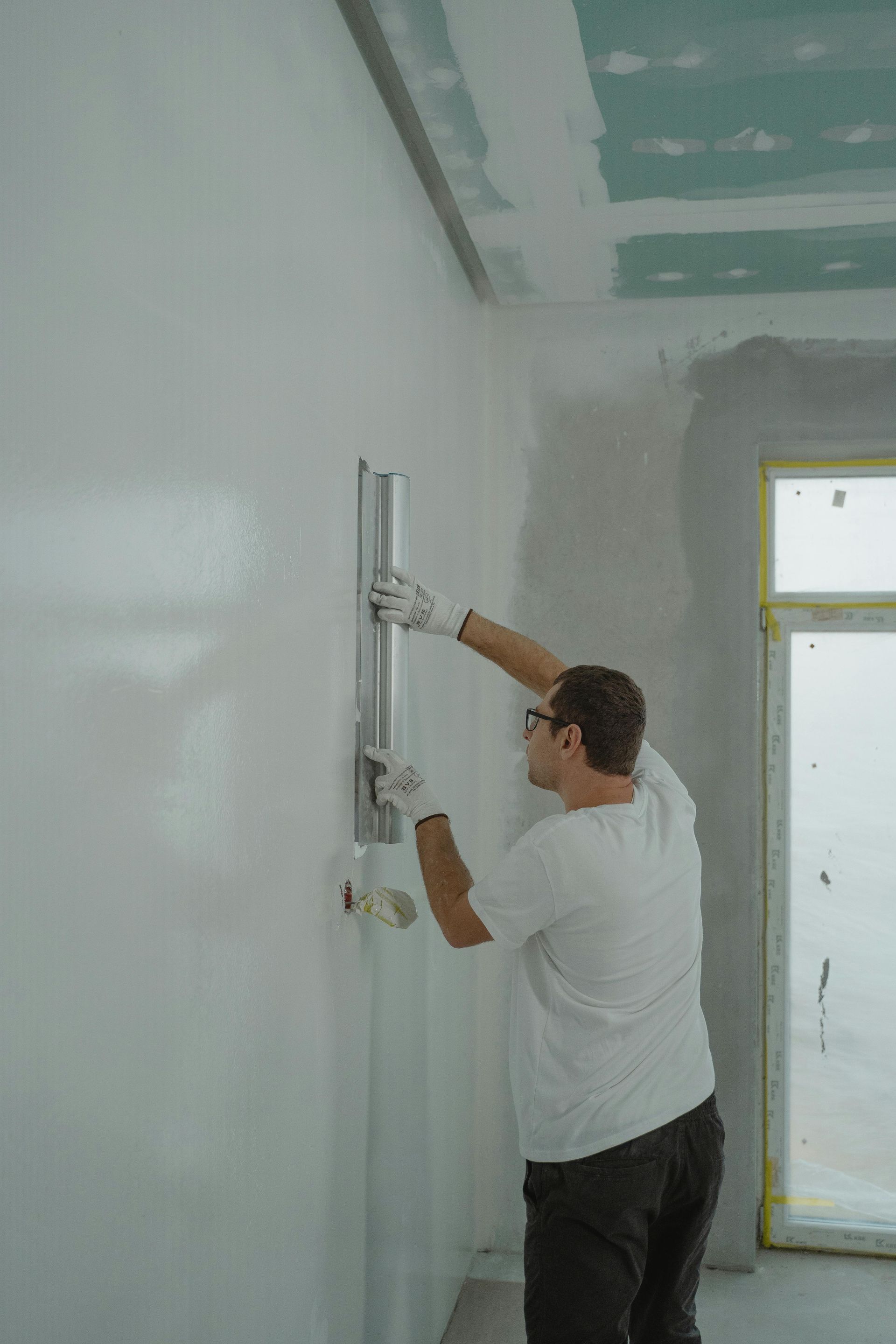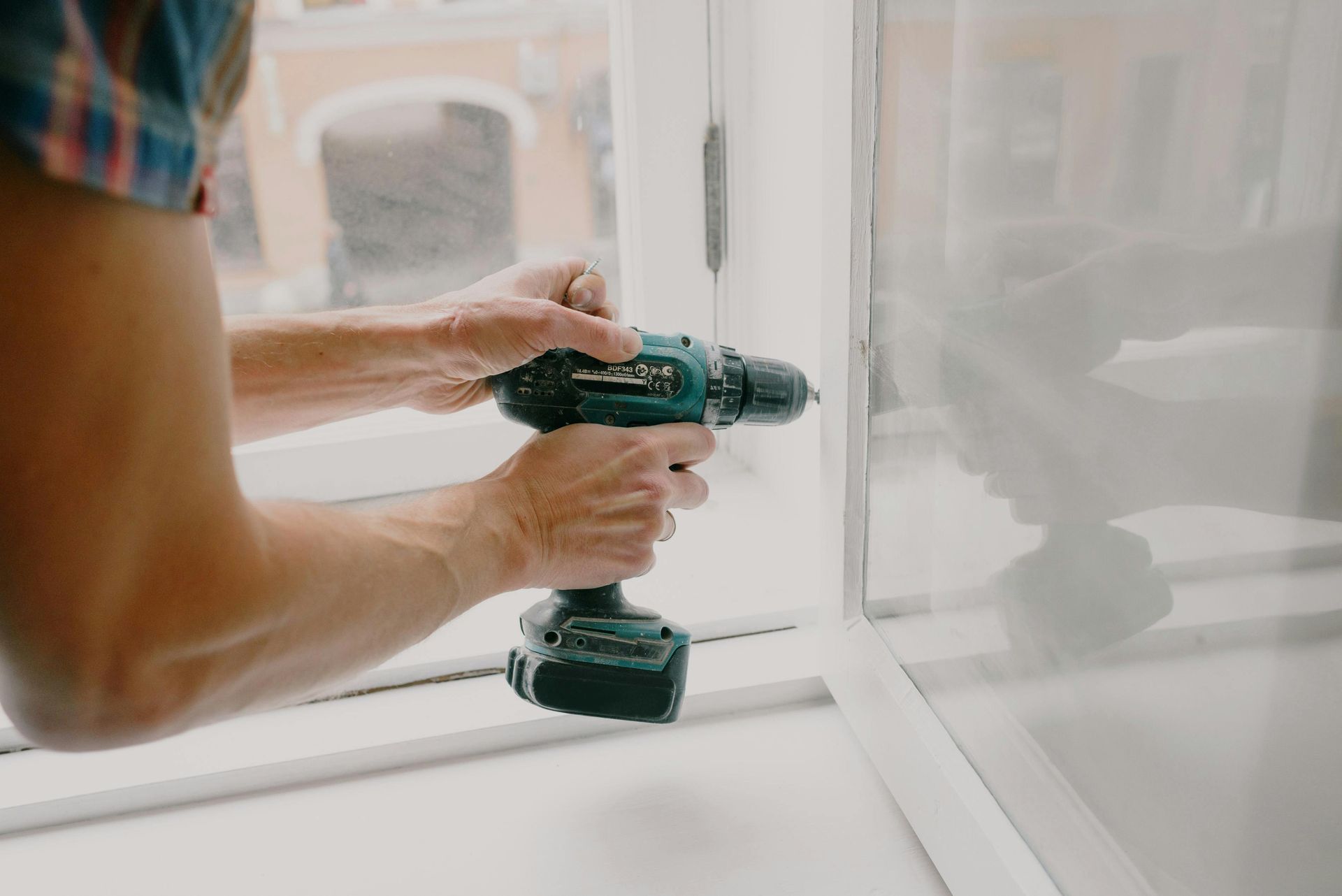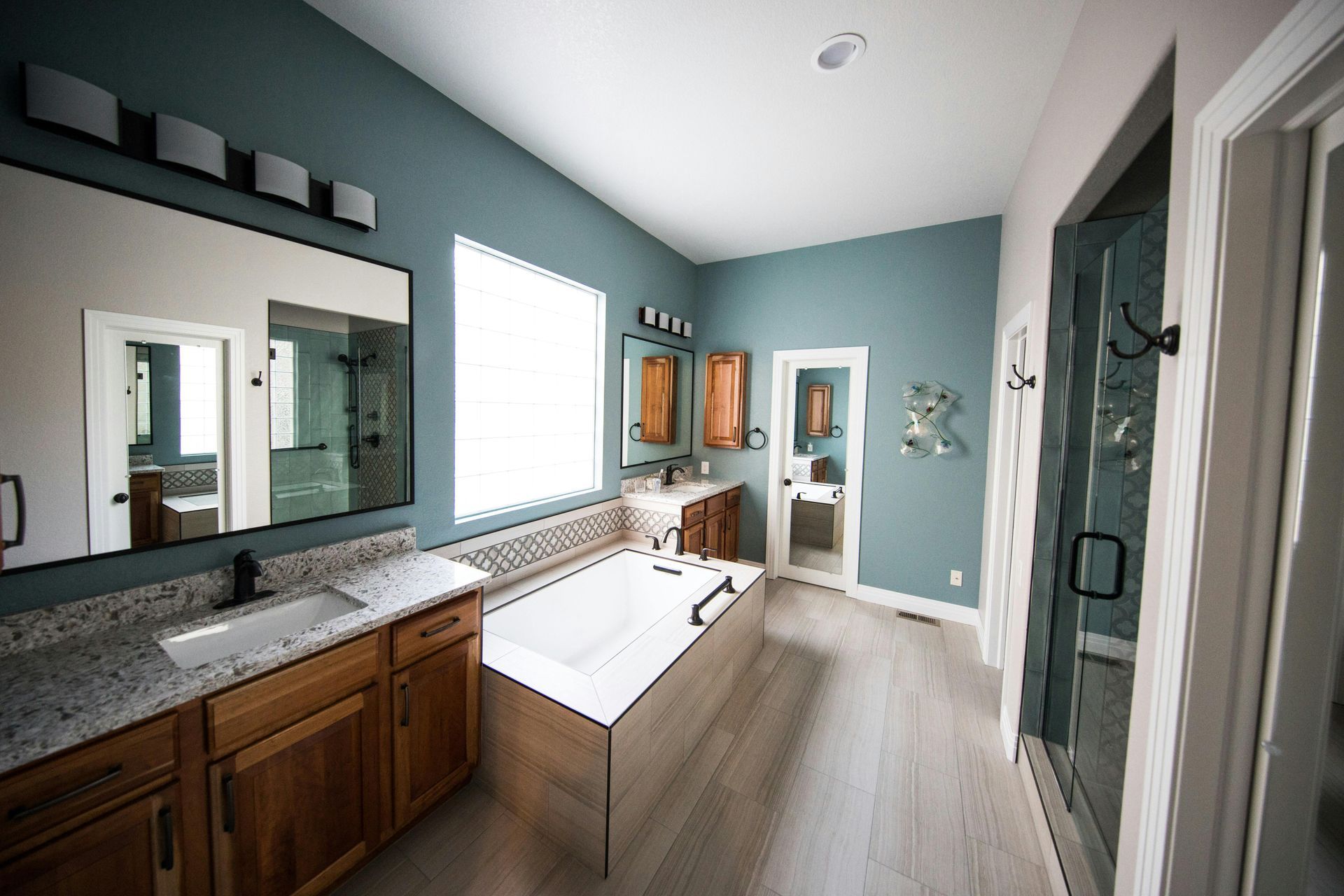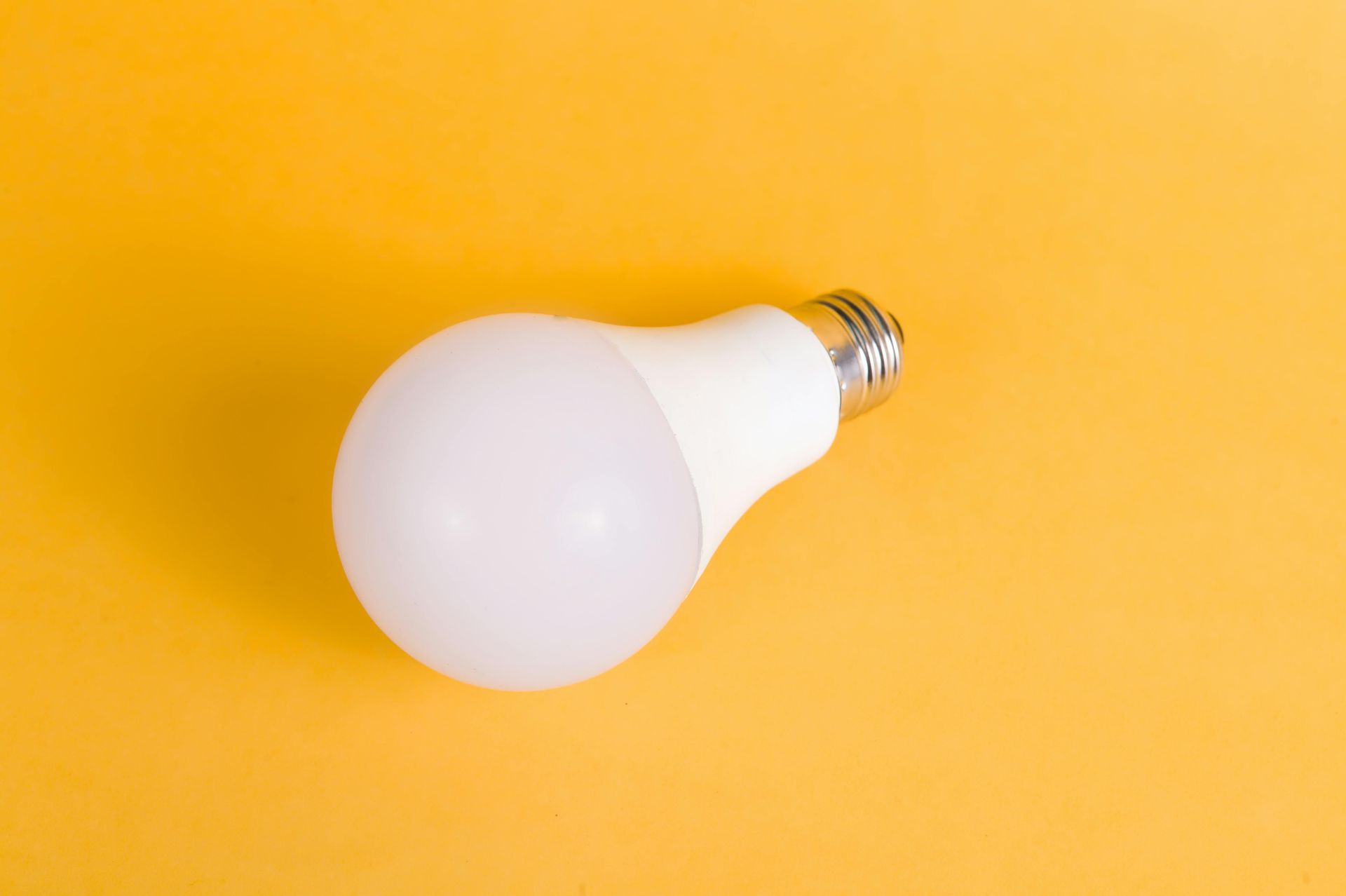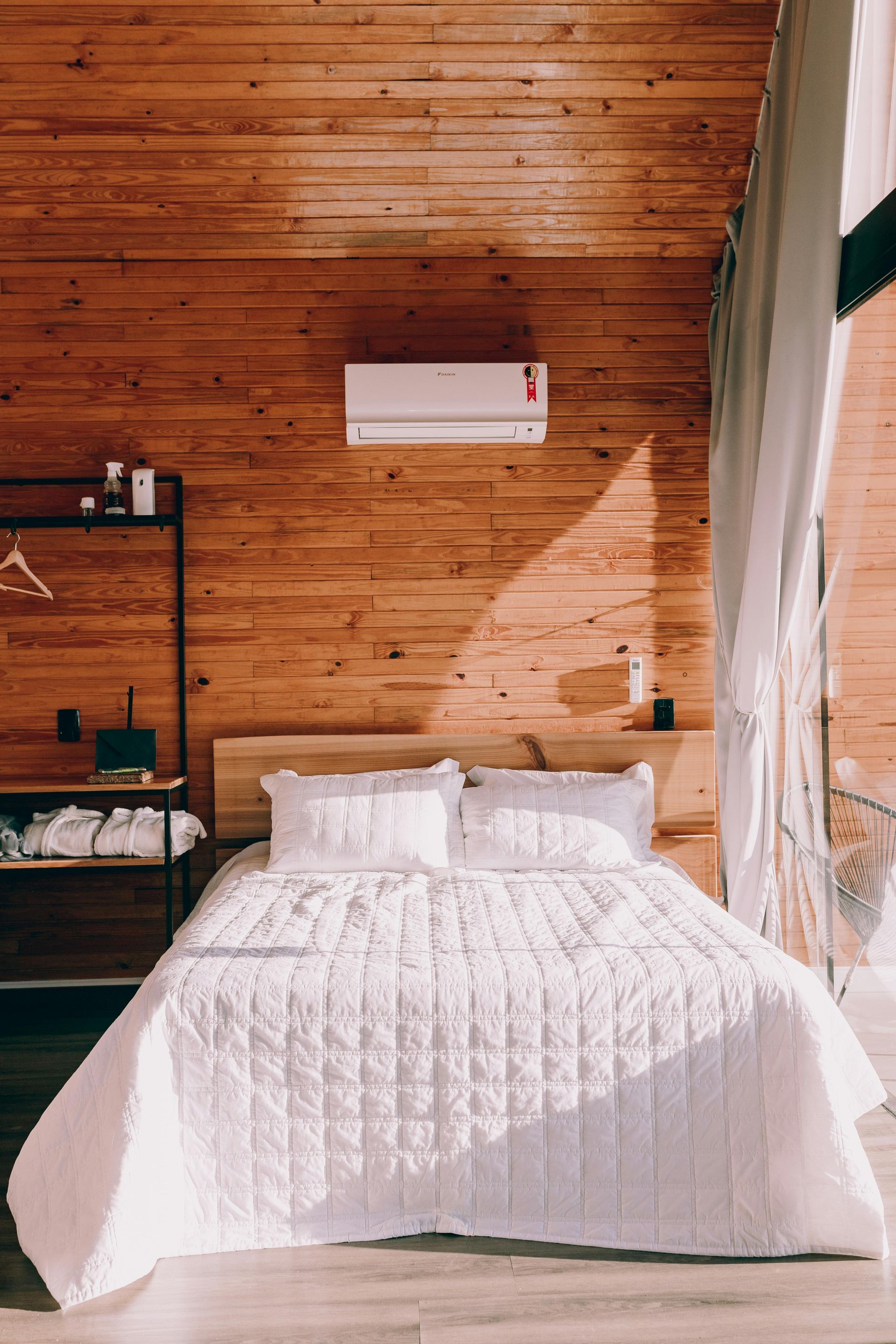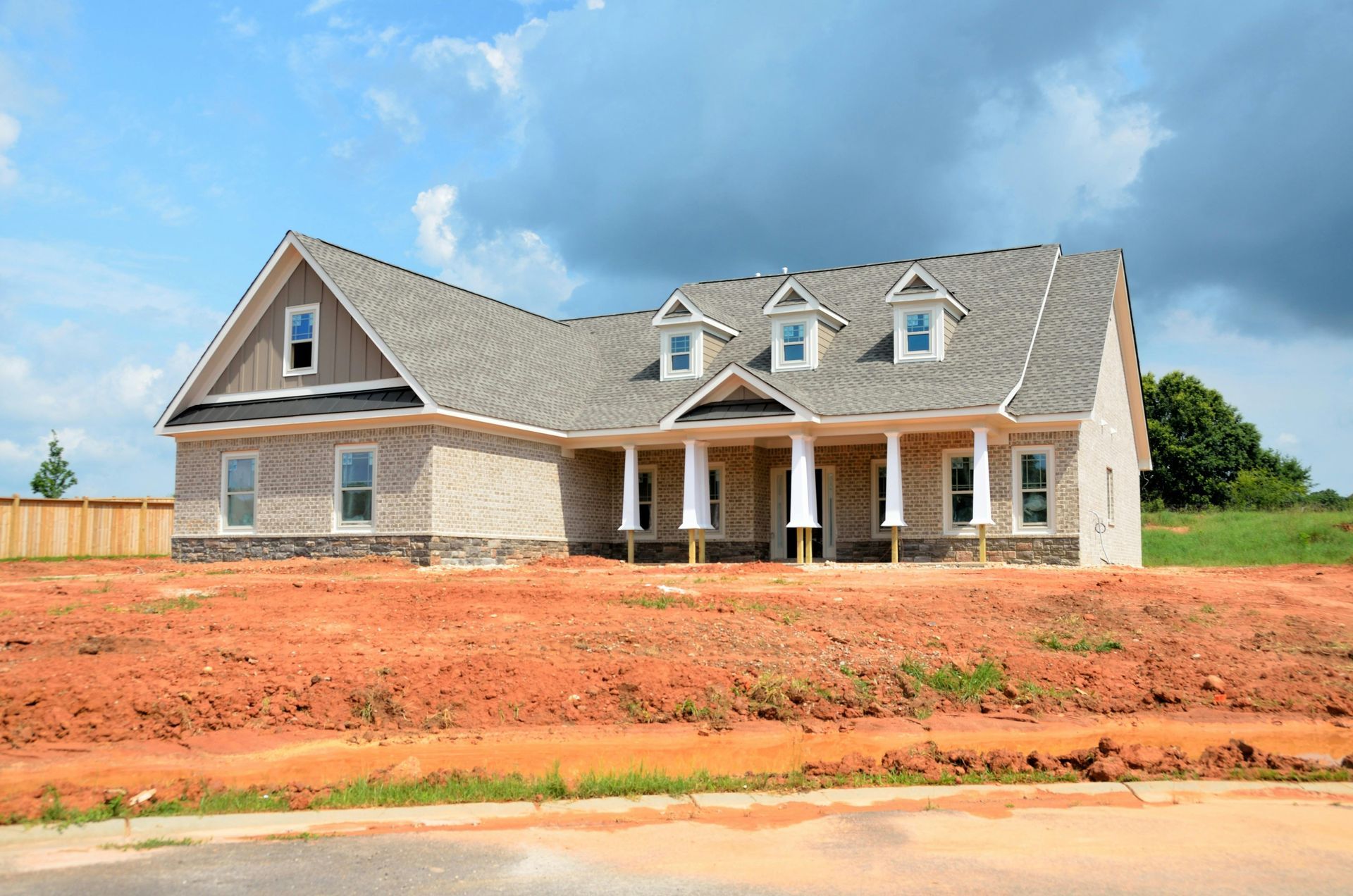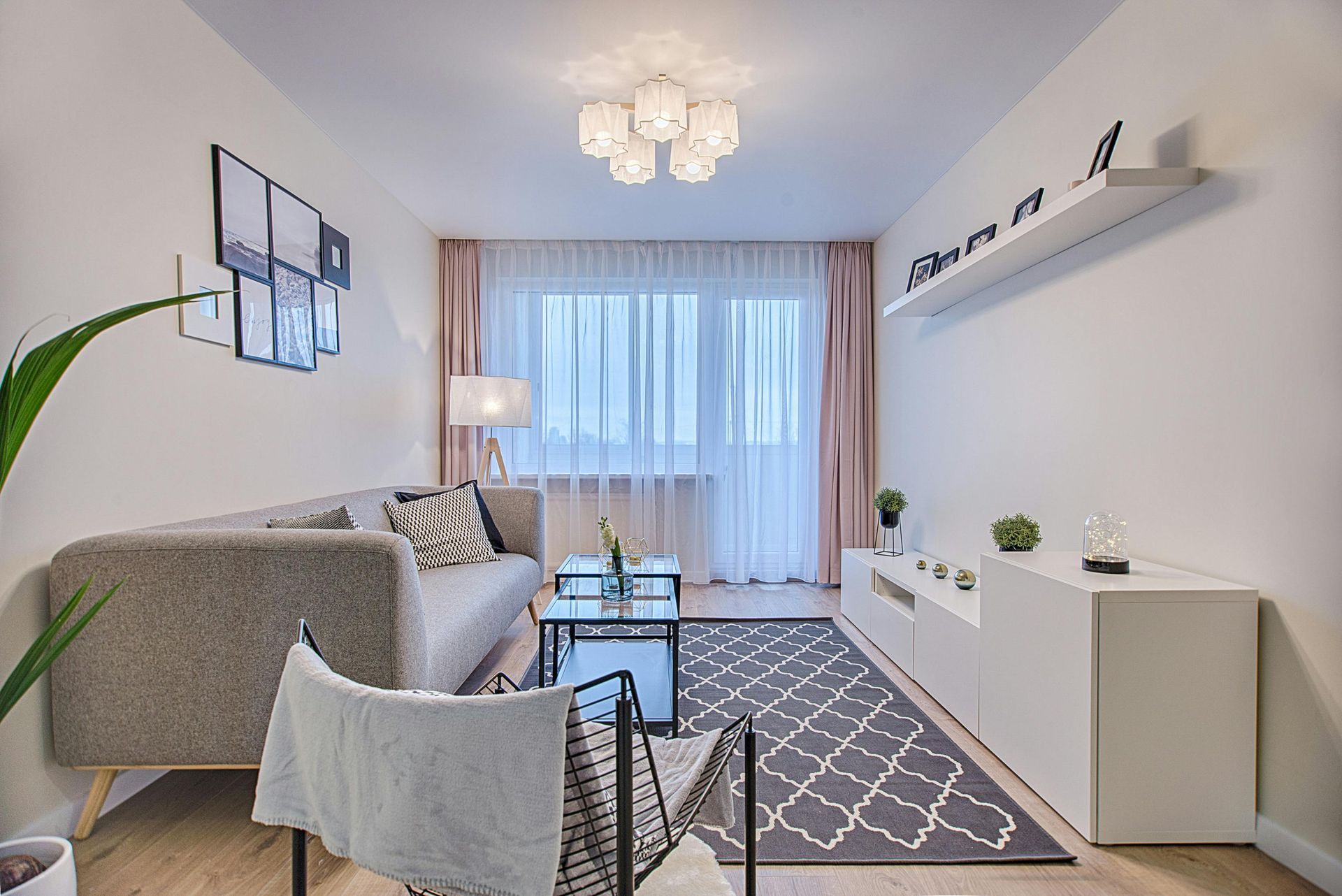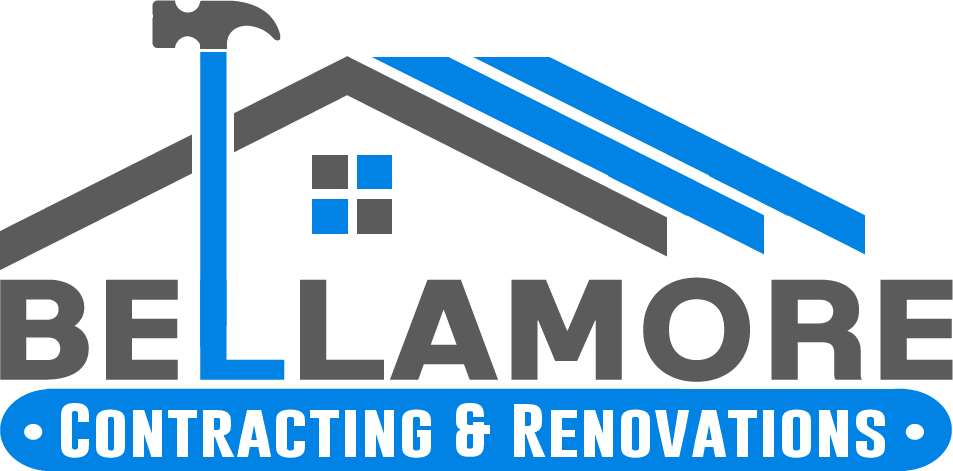Licensed (#RBC-21-01654) & Insured
Local References Available Upon Request
Licensed (#RBC-21-01654) & Insured | Local References Available Upon Request
Creating Workspaces That Inspire Productivity and Collaboration
A well-designed office space is more than just an area where work gets done—it’s an environment that fosters creativity, collaboration, and efficiency. The way an office is structured influences employee well-being, workflow, and even company culture. Whether your business requires private offices, open workspaces, or a hybrid model, every detail should be customized to support productivity and innovation. With thoughtful planning, ergonomic design, and modern technology integration, an office space can serve as a powerful tool to enhance employee satisfaction and business success.
Understanding Your Office Needs
Before diving into the design process, understanding the unique needs of the company is essential. Businesses function differently based on industry, size, and work style. Analyzing how employees interact and move within the space helps in determining the best layout. Some companies benefit from collaborative spaces where teams work closely, while others require designated private offices to ensure focus and confidentiality. Balancing these elements helps in creating a workspace that caters to both collaboration and independent tasks.
Company culture also plays a significant role in shaping office design. A creative agency may prefer an open, casual setting that encourages spontaneous discussions, while a law firm might opt for a more structured layout with private meeting rooms. Aligning the design with the company’s mission and values ensures the space not only looks good but also enhances overall functionality and morale.
Types of Office Layouts and Their Benefits
A variety of office layouts exist to meet different work styles and business needs. Private offices are ideal for executives and employees who require quiet, focused environments. These enclosed spaces provide confidentiality, making them suitable for industries such as finance, law, and consulting.
Open workspaces, on the other hand, foster teamwork and communication. These layouts eliminate physical barriers, allowing for easier collaboration and idea-sharing. They are especially popular among tech startups, creative firms, and modern corporate offices. However, careful planning is needed to minimize noise distractions and provide designated areas for private work.
Hybrid layouts blend elements of both private and open workspaces, giving employees flexibility in choosing where and how they work. These designs often include shared meeting rooms, quiet zones, and common areas that encourage networking and collaboration while preserving personal workstations.
Co-working and hot-desking solutions are gaining traction in dynamic work environments. These flexible setups allow employees to choose available desks rather than having assigned seating, making them ideal for businesses with remote or rotating staff. This model maximizes space efficiency and promotes interaction among teams.
Essential Elements of an Effective Office Design
Creating a comfortable and productive office starts with ergonomic furniture. Investing in adjustable desks, ergonomic chairs, and footrests helps prevent strain and fatigue, ultimately boosting employee well-being. Proper desk height, supportive seating, and flexible workstations contribute to improved posture and reduced work-related discomfort.
An efficient layout maximizes space while ensuring ease of movement. Office spaces should be arranged to encourage natural workflow, avoiding bottlenecks and overcrowded areas. Incorporating a mix of workstations, breakout areas, and collaboration zones enhances adaptability and efficiency.
Acoustic solutions play a crucial role in maintaining a productive work environment. Soundproof panels, partitions, and soft furnishings can significantly reduce noise levels, making it easier for employees to concentrate. In open offices, designated quiet areas and phone booths provide alternatives for focused work without distractions.
Lighting and natural elements are essential factors in creating an inviting office. Maximizing natural light improves mood and energy levels, reducing eye strain and enhancing overall well-being. Strategic use of task lighting, warm LED fixtures, and biophilic design elements, such as plants and natural textures, can further enhance the workspace’s ambiance.
Color psychology plays a subtle yet impactful role in office design. Blues and greens promote focus and calmness, while warmer tones encourage energy and creativity. Choosing the right colors for different areas within the office helps influence productivity and mood.
Integrating Technology for a Smart Office
Technology integration is a critical aspect of modern office design. Smart offices utilize advanced tools and automation to enhance productivity, communication, and security.
Collaborative tools such as conference room AV systems, digital whiteboards, and video conferencing solutions support remote and in-office teamwork. These technologies streamline communication, ensuring seamless collaboration among employees, whether they are in the same building or working remotely.
Smart workstations equipped with height-adjustable desks, built-in charging stations, and wireless connectivity improve workflow efficiency. Internet of Things (IoT) devices enable workspace customization, allowing employees to control lighting, temperature, and desk settings for a personalized work experience.
Security and connectivity are paramount in an office environment. High-speed internet, secure networks, and data encryption measures ensure smooth operations while protecting sensitive information. Implementing cloud-based storage solutions and automated access controls further enhances security and accessibility.
Branding and Aesthetics in Office Interiors
A well-designed office reflects a company’s brand identity and values. Incorporating brand colors, logos, and design elements throughout the workspace reinforces company culture and leaves a lasting impression on clients and employees alike. From custom wall graphics to branded furniture, every detail should align with the organization’s message and ethos.
Flexible and future-proof designs allow for scalability and adaptability. As businesses grow, office spaces should be able to evolve with changing needs. Modular furniture, movable partitions, and adaptable workstations provide the flexibility required to accommodate expansion and new work styles.
Personalized workspaces empower employees to feel comfortable and engaged. Allowing team members to personalize their desks with artwork, photos, and décor fosters a sense of ownership and belonging, contributing to higher job satisfaction and morale.
Sustainability and Eco-Friendly Office Design
Sustainability is an increasingly important aspect of office design. Businesses are recognizing the benefits of eco-friendly workspaces, not only for the environment but also for employee health and energy efficiency.
Energy-efficient lighting and appliances significantly reduce electricity consumption while maintaining optimal brightness levels. LED lighting, motion sensors, and energy-star-rated devices contribute to a greener workplace.
Sustainable materials, such as recycled wood, low-VOC paint, and eco-friendly flooring, minimize environmental impact while creating a healthier workspace. Using locally sourced and durable materials ensures longevity and reduces carbon footprint.
Indoor plants and green spaces improve air quality and contribute to a more inviting atmosphere. Incorporating living walls, potted plants, and natural elements enhances overall well-being and productivity.
DIY vs. Professional Office Design
Business owners often face the decision of whether to design their office themselves or hire professionals. DIY office planning offers cost-saving benefits and allows for a hands-on approach to customization. Simple upgrades such as rearranging furniture, adding plants, and updating décor can refresh the workspace without significant investment.
However, professional office design experts bring expertise in space planning, ergonomic solutions, and compliance with building regulations. Hiring a designer ensures that the office is optimized for productivity, efficiency, and brand alignment. From furniture selection to acoustic solutions, professionals handle every aspect of the design process, creating a seamless and polished result.
Maintaining an Organized and Productive Office
Keeping an office space organized contributes to efficiency and a positive work environment. Decluttering desks, utilizing smart storage solutions, and implementing digital filing systems help maintain a tidy workspace. Built-in storage, multifunctional furniture, and cable management systems reduce visual distractions and enhance overall functionality.
Flexible seating arrangements and workstation adaptability allow employees to work in different settings depending on their tasks. Rotating desk layouts and modular meeting spaces ensure that the office remains dynamic and accommodating.
Regular office updates prevent the space from feeling outdated or inefficient. Periodic re-evaluation of office design ensures that the layout, furniture, and technology continue to meet the evolving needs of the business and its employees.
The Long-Term Benefits of Thoughtful Office Design
Investing in a well-designed office yields long-term benefits for both employees and the company as a whole. A workspace that prioritizes comfort, functionality, and collaboration contributes to higher employee satisfaction, increased productivity, and reduced stress levels.
A thoughtfully designed office also enhances company reputation and attracts top talent. A professional and inviting workspace makes a strong impression on clients, partners, and potential employees, reinforcing the brand’s credibility and commitment to excellence.
By integrating modern design principles, ergonomic furniture, and advanced technology, businesses can create a space that not only meets current needs but also adapts to future growth. Office design is more than aesthetics—it’s a strategic investment in the success and well-being of employees and the organization as a whole.



